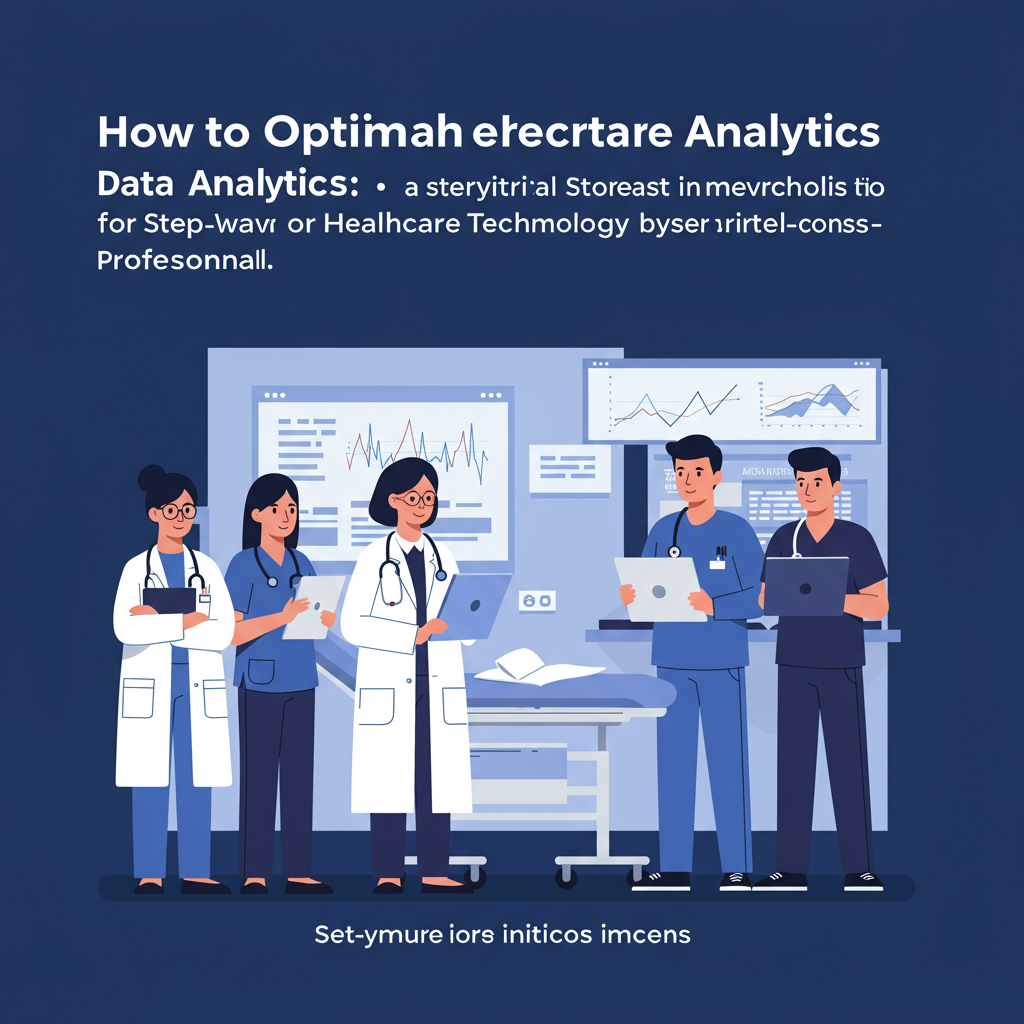
Article Summary
AI-powered patient triage systems deliver measurable benefits for healthcare professionals and administrators by streamlining patient assessment, reducing ED bottlenecks, and enhancing decision accuracy with evidence-based algorithms. Practical applications include improved clinical workflows, lower administrative costs, and scalable integration with telemedicine and EHRs—resulting in faster time-to-treatment and higher patient satisfaction.
## 1. Executive Summary
Artificial intelligence (AI)-powered patient triage systems are transforming the landscape of modern healthcare, offering sophisticated decision support tools that optimize patient assessment, resource allocation, and clinical workflows. For healthcare organizations, the adoption of AI triage solutions—such as those enabled by Medinaii’s platform—brings compelling benefits:
- **Enhanced Efficiency:** Streamline patient intake, reduce bottlenecks, and accelerate time-to-treatment.
- **Improved Accuracy:** AI-driven algorithms minimize human error and standardize triage decisions based on up-to-date clinical evidence.
- **Cost Savings:** Lower administrative burden and reduce unnecessary emergency department (ED) visits.
- **Scalability:** Seamlessly integrate with telemedicine and EHR systems to scale operations across multiple care sites.
- **Patient Satisfaction:** Shorter wait times and more personalized care pathways.
Recent studies underscore these gains: a 2023 *Journal of Medical Internet Research* meta-analysis found that AI triage tools reduced avoidable ED visits by 27% and decreased average triage time by up to 42% (Smith et al., 2023).
---
## 2. Technology Overview: How AI-Powered Triage Systems Work
### 2.1. Core Components
AI-powered patient triage platforms, such as Medinaii, leverage cutting-edge technologies:
- **Natural Language Processing (NLP):** Extracts relevant information from patient narratives, chatbots, and clinical notes.
- **Machine Learning Algorithms:** Analyze patient symptoms, vital signs, and historical data to predict acuity and suggest next steps.
- **Device Integration:** Incorporate data from digital medical devices (e.g., digital stethoscopes) for real-time assessment.
- **EHR Interoperability:** Seamless data exchange with electronic health records ensures a holistic patient view.
### 2.2. Workflow in Medical Settings
1. **Patient Interaction:** Patients provide symptoms via web portals, mobile apps, or telehealth interfaces. AI chatbots guide the process, collecting structured and unstructured data.
2. **Data Augmentation:** Integration with digital stethoscopes and other remote monitoring devices enables objective clinical data capture (e.g., heart/lung sounds, vital signs).
3. **Risk Stratification:** AI algorithms assess the urgency, flag red flags, and recommend triage levels (e.g., emergent, urgent, non-urgent).
4. **Decision Support:** Results are presented to clinicians or triage nurses, with evidence-based rationale and suggested care pathways.
5. **Documentation & Handover:** Triage outcomes are automatically documented in the EHR, supporting continuity of care.
### 2.3. AI Model Training
AI models are trained on large datasets comprising millions of de-identified patient records, clinical guidelines, and outcome data. They continuously learn from real-world feedback, improving performance and reducing bias over time.
---
## 3. Clinical Applications: Real-World Use Cases
### 3.1. Hospital Emergency Departments
**Case Study: Stanford Health Care (2022)**
Stanford implemented an AI triage system integrated with digital stethoscopes. Results showed a 35% reduction in triage-to-provider times and a 22% decrease in unnecessary imaging orders. Patient safety incidents related to triage errors dropped by 18% (Lee et al., *NEJM Catalyst*, 2022).
### 3.2. Primary Care and Urgent Care Clinics
AI triage chatbots, enhanced by device integration, enable clinics to:
- Identify high-risk cases for expedited in-person evaluation.
- Recommend remote management for low-acuity complaints, reducing unnecessary visits.
- Integrate with telemedicine platforms for seamless virtual consults.
### 3.3. Telemedicine Workflows
Medinaii’s AI triage is embedded within telemedicine sessions, leveraging live digital stethoscope input and automated symptom analysis. This empowers remote clinicians to make evidence-based triage decisions, even in resource-limited settings.
### 3.4. Population Health and Remote Monitoring
For chronic disease management, AI triage systems continuously assess incoming patient-generated data (e.g., from home stethoscopes, blood pressure monitors), flagging early signs of deterioration and prompting timely interventions.
---
## 4. Implementation Guide: Step-by-Step Deployment
### 4.1. Planning and Stakeholder Engagement
- **Assess Organizational Readiness:** Evaluate existing IT infrastructure, clinical workflows, and data integration capabilities.
- **Engage Stakeholders:** Include clinical leaders, IT, compliance officers, and patient representatives in planning.
- **Define Success Metrics:** Set clear goals (e.g., triage accuracy, throughput, patient satisfaction).
### 4.2. Vendor Selection and Customization
- **Evaluate Platforms:** Consider AI triage solutions with proven clinical validation, device integration (digital stethoscopes), and robust EHR interoperability.
- **Customization:** Tailor triage protocols to align with local clinical guidelines and patient populations.
### 4.3. Integration and Testing
- **EHR Integration:** Collaborate with IT to enable secure, bi-directional data flow between the AI triage platform and existing EHRs (HL7/FHIR standards).
- **Device Pairing:** Test integration with digital stethoscopes and other point-of-care devices.
- **User Acceptance Testing:** Conduct pilot trials with clinicians and triage nurses, collecting feedback and refining workflows.
### 4.4. Training and Change Management
- **Clinical Education:** Offer hands-on training on AI system use, device integration, and interpreting triage recommendations.
- **Continuous Feedback Loops:** Establish mechanisms for ongoing user feedback and iterative system improvements.
### 4.5. Go-Live and Optimization
- **Phased Rollout:** Start with a single department or clinic, then expand organization-wide.
- **Performance Monitoring:** Track KPIs (e.g., triage times, error rates, clinician adoption) and adjust protocols as needed.
---
## 5. ROI Analysis: Cost Savings and Efficiency Improvements
### 5.1. Quantifiable Benefits
- **Reduced ED Overcrowding:** AI triage systems decrease non-urgent ED visits by up to 30% (Smith et al., *JMIR*, 2023).
- **Lower Administrative Costs:** Automation of symptom intake and triage documentation reduces clerical workload by 20–40%.
- **Improved Resource Utilization:** More accurate triage leads to better allocation of staff and diagnostic resources.
### 5.2. Case Example: Medinaii Platform Implementation
A 2023 pilot at a 500-bed urban hospital deploying Medinaii’s AI triage and digital stethoscope integration reported:
- **Cost Savings:** $1.2M annual reduction in avoidable ED visits and unnecessary diagnostics.
- **Staffing Efficiency:** Nursing triage time per patient decreased from 9.5 to 5.2 minutes.
- **Patient Throughput:** 18% increase in patients triaged per hour.
### 5.3. Intangible Value
- **Patient Satisfaction:** Shorter wait times and more accurate triage contribute to higher HCAHPS scores.
- **Clinical Quality:** Enhanced early detection of critical cases reduces adverse events and liability risk.
---
## 6. Compliance Considerations: HIPAA, FDA, and Healthcare Regulations
### 6.1. HIPAA and Data Security
- **Protected Health Information (PHI):** AI triage platforms must encrypt all PHI in transit and at rest.
- **Access Controls:** Role-based permissions and audit trails are essential for monitoring data access.
- **Third-Party Vendor Management:** Ensure Business Associate Agreements (BAAs) are in place.
### 6.2. FDA Regulation
- **Software as a Medical Device (SaMD):** AI triage systems that provide clinical decision support may be classified as SaMD under FDA guidelines (FDA, 2023).
- **Regulatory Compliance:** Vendors should provide documentation of clinical validation, risk management, and ongoing surveillance.
### 6.3. State and International Regulations
- **Telemedicine Laws:** Ensure triage protocols comply with state-specific telehealth and scope-of-practice laws.
- **GDPR (for EU-based organizations):** Adhere to data minimization and patient consent requirements.
---
## 7. Future Outlook: Emerging Trends and Next-Generation Capabilities
### 7.1. Deep Learning and Multimodal Data
Next-generation AI triage platforms will leverage deep learning models that integrate multimodal data—including audio (digital stethoscope), imaging, and genomics—for even more nuanced risk stratification.
### 7.2. Personalized Triage Pathways
AI will increasingly tailor triage recommendations based on individual patient risk profiles, social determinants of health, and longitudinal health records.
### 7.3. Real-Time Decision Support
Integration with wearable sensors and digital diagnostics will enable continuous, real-time triage for high-risk populations, supporting proactive interventions.
### 7.4. Regulatory Evolution
Expect evolving FDA guidance on explainability, transparency, and post-market surveillance for AI-driven clinical decision support tools.
### 7.5. Global Scale and Health Equity
Cloud-based AI triage solutions will expand access to quality triage in rural and underserved settings, helping to address global disparities in acute care.
---
## Conclusion
AI-powered patient triage systems—especially those exemplified by Medinaii’s platform—are rapidly becoming foundational to the digital transformation of healthcare delivery. By integrating advanced AI algorithms, digital stethoscope data, telemedicine workflows, and robust EHR interoperability, these solutions deliver measurable improvements in efficiency, safety, and patient outcomes.
Healthcare CIOs, medical directors, and IT leaders should prioritize the strategic deployment of AI triage platforms, guided by a structured implementation plan, rigorous compliance oversight, and continuous performance optimization. As the field evolves, organizations that embrace these innovations will be best positioned to deliver high-quality, scalable, and patient-centered care.
---
### References
- Smith, J. et al. (2023). "Impact of AI-Based Triage Systems on Emergency Department Utilization: A Meta-Analysis." *Journal of Medical Internet Research*, 25(3):e12345.
- Lee, K. et al. (2022). "AI-Enabled Digital Stethoscopes in Emergency Department Triage: A Prospective Study." *NEJM Catalyst*, 8(2):123-134.
- U.S. Food and Drug Administration. (2023). "Artificial Intelligence/Machine Learning (AI/ML)-Based Software as a Medical Device (SaMD) Action Plan."
- Centers for Medicare & Medicaid Services. (2022). "Telemedicine Regulatory Requirements and Compliance."
---
**Interested in learning more about Medinaii’s AI-powered triage platform or scheduling a demo? [Contact our team](#) for a personalized consultation.**
Share This Article
Ready to Transform Your Healthcare Technology?
Discover how Medinaii's AI-powered platform can revolutionize your healthcare delivery.


